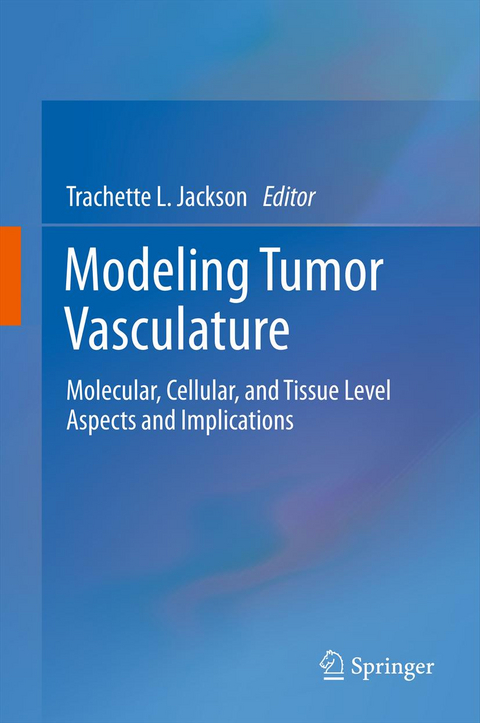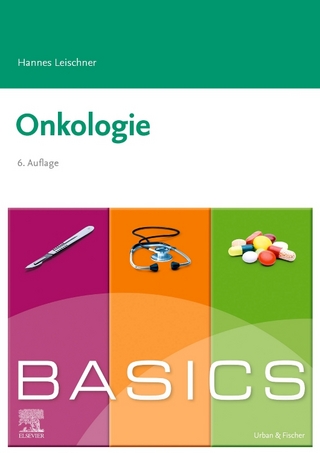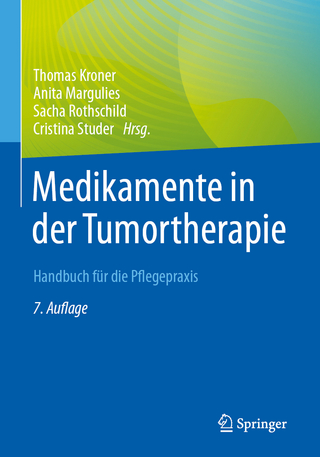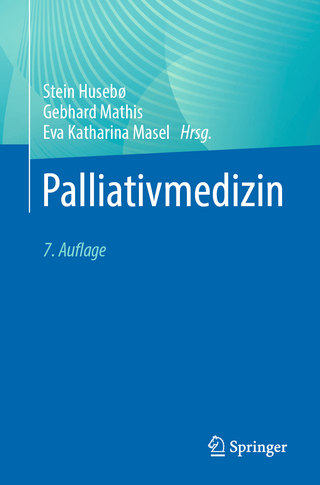
Modeling Tumor Vasculature
Springer-Verlag New York Inc.
978-1-4939-0133-3 (ISBN)
In Part I: Cell Signaling and Molecular Aspects of Tumor Blood Vessel Formation, it will be come clear that mathematical modeling can help to biochemically and biomechanically phenotype one of the most important cell types involved in cancer progression: vascular endothelial cells. When subverted by the tumor modulated environment, vascular endothelial cells form a new vascular supply capable of nourishing and translocating cancer cells to other tissues. The models in Part I illustrate the importance of quantitative approaches for gaining a deeper understanding of how normal and abnormal aspects of signal integration culminate in the cell proliferation, migration, and survival decisions that result in pathological tumor angiogenesis.
The focus of Part II is the angiogenesis cascade and all of its complexities. Successful angiogenesis is mediated by the intricate interplay between biochemical and biomechanical mechanisms, including cell-cell and cell-matrix interactions, cell surface receptor binding, and intracellular signal transduction. A major challenge facing the cancer research community is to integrate known information in a way that improves our understanding of the principal underpinnings driving tumor angiogenesis and that will advance efforts aimed at the development of new therapies for treating cancer. The chapters in Part II will highlight several mathematical and computational approaches for that can potentially address this challenge.
While the first two thirds of the book’s chapters demonstrate how important insights can be gained by studying cell signaling and vascular morphology and function, the series of chapters in Part III: Whole Organ Modeling of Tumor Growth and Vasculature, will integrate vasculature development with tumor growth dynamics. These two processes strongly depend on one another in ways that can only be theoretically investigated by biophysical approaches that cut across several levels of biological organization and describe both the tumor and the developing vasculature as they co-evolve.
The purpose of this edited volume is not to provide a comprehensive review of all modeling efforts that address tumor vascular modeling; instead, a variety of interesting and innovative mathematical modeling approaches for understanding the development and effects of tumor vasculature are highlighted in order to illustrate some of the emerging trends in the field.
Part I: Cell Signaling and Molecular Aspects of Tumor Blood Vessel Formation
Chapter 1: A stochastic model of the vascular endothelial growth factor (VEGF)
receptor: Implications for cancer therapy - Tomas Alarcon
Chapter 2: Simulating therapeutics using multiscale models of the VEGF receptor
system in cancer - Feilim Mac Gabhann, Marianne O. Stefanini, Aleksander
S. Popel
Chapter 3: Linking EC Stimulation to Tumor Growth and Vascular Density: The
VEGF-BCL2-CXCL8 pathway – Harsh Jain and Trachette Jackson
Chapter 4: Investigating the Role of Cross-Talk Between Chemical and Stromal Factors
in Endothelial Cell Phenotype Determination – Amy Bauer and Thimo Rolf
Part II: Angiogenesis
Chapter 5: A Hybrid Discrete-Continuum Model of Tumor Induced Angiogenesis–
Alexander Anderson, Mark Chaplain and Steven McDougal
Chapter 6: Cell-based Models of Angiogenesis - Yi Jiang, Amy L. Bauer, Trachette
Jackson
Chapter 7: A cell-based model of endothelial cell migration, proliferation, and
maturation in corneal angiogenesis – Trachette Jackson and Xiaoming Zheng
Chapter 8: Blood flow and tumour-induced angiogenesis: Dynamically adapting vascular
networks - Mark A J Chaplain, Steven R McDougall and Alexander R A Anderson
Chapter 9: Modeling structural and functional adaptation of tumor vessel networks
during anti-angiogenic therapy - Lance L Munn, Walid Kamoun, Michael
Dupin and James Alex Tyrrell
Part III: Whole Organ Modeling of Tumor Growth and Vasculature
Chapter 10: Effect of vascularization on glioma tumor growth – H. Hatzikirou, A.
Chauviere, J. Lowengrub, J. De Groot, Vittorio Cristini
Chapter 11: Particle Simulations of Growth: Application to Tumorigenesis - Michael
Bergdorf, Florian Milde and Petros Koumoutsakos
Chapter 12: Particle Simulations of Growth: Application to Angiogenesis – Florian
Milde, Michael Bergdorf and Petros Koumoutsakos
Chapter 13: Blood vessel network remodeling during tumor growth – M. Welter and H. Rieger
Chapter 14: Blood perfusion in 3D solid tumour with “normalized”
microvasculature – Jie Wu, Quan Long, and Shi-xiong Xu
| Zusatzinfo | XII, 412 p. |
|---|---|
| Verlagsort | New York |
| Sprache | englisch |
| Maße | 155 x 235 mm |
| Gewicht | 646 g |
| Themenwelt | Medizin / Pharmazie ► Medizinische Fachgebiete ► Onkologie |
| Medizin / Pharmazie ► Medizinische Fachgebiete ► Pharmakologie / Pharmakotherapie | |
| Medizin / Pharmazie ► Studium | |
| ISBN-10 | 1-4939-0133-8 / 1493901338 |
| ISBN-13 | 978-1-4939-0133-3 / 9781493901333 |
| Zustand | Neuware |
| Haben Sie eine Frage zum Produkt? |
aus dem Bereich


